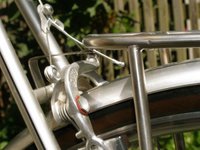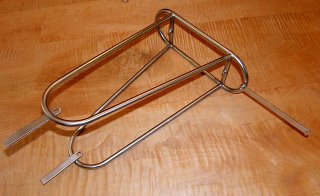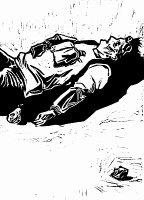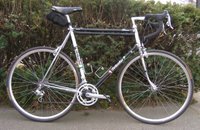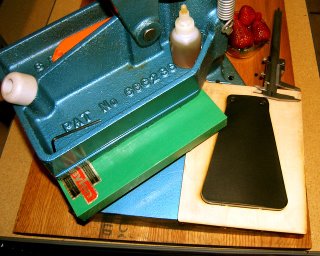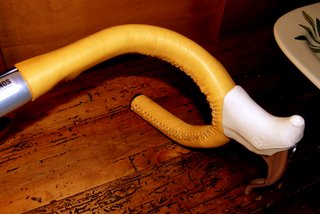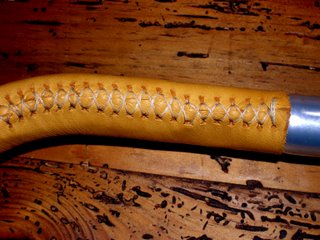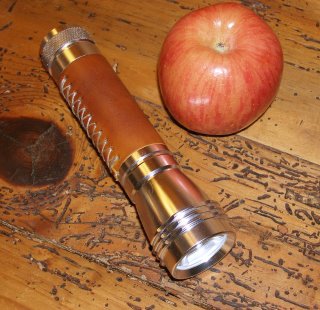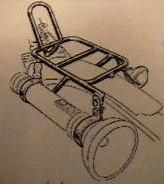 After a long wait it looks like we'll be able to import Ostrich bags
After a long wait it looks like we'll be able to import Ostrich bags from Japan. These are traditional cotton canvas bags and and panniers. The handlebar bag has been made for over 50 years. The quality and design is very good.
from Japan. These are traditional cotton canvas bags and and panniers. The handlebar bag has been made for over 50 years. The quality and design is very good.Here are photos of the three bags we'll stock initially. I won't have final pricing until we arrange shipping and figure out if there are any duties to pay, but they should be considerably less than certain French bags. As with all thing shipped from Japan, it may be a couple of months before we see
 them arrive.
them arrive.The handlebar bag is 260mm, wide 220mm tall, and 200mm deep with a capacity of 12.4 lt. This is big bag, with more capacity than a large size Berthoud bag.
The panniers mesure 130mm deep (may be more expanded, but not sure) 350mm long and 300mm tall and 13 lt each
The saddle bag is 280mm wide, 240mm deep, and 140mm tall. Capacity is 8.2 lt.
In addition to the Ostrich bags, we're working on having our own version of the TA bag made. They will be sewn right here in the US, but will look tres French.
 We will aso have a new small saddle bag, ala banana bag, and a large Velo Orange saddle bag. Eventually we hope to have small
We will aso have a new small saddle bag, ala banana bag, and a large Velo Orange saddle bag. Eventually we hope to have small panniers that can be used with a front rack or with our constracteur rear rack.
panniers that can be used with a front rack or with our constracteur rear rack.The Velo Orange baggage will be made in heavy brown waxed canvas. Does anybody hate, or love, the color of the Ostrich bags?
Finally, we've decided to stock some inexpensive black nylon European type shopping panniers. Though you may not think they are in keeping with the high-end constucteur style items we carry, they are eminently useful. You can pop them on any rack, go to the farmers market, library, or beer store, and bring home a week's supplies. At $19.50 each, they are cheap enough that you won't think twice about owning large panniers, even if you never camp-tour. And you won't cry if they get nicked. I'll put them in the Velo Orange store later today. We'll also add both wicker and steel mesh baskets for shopping and city bikes.




